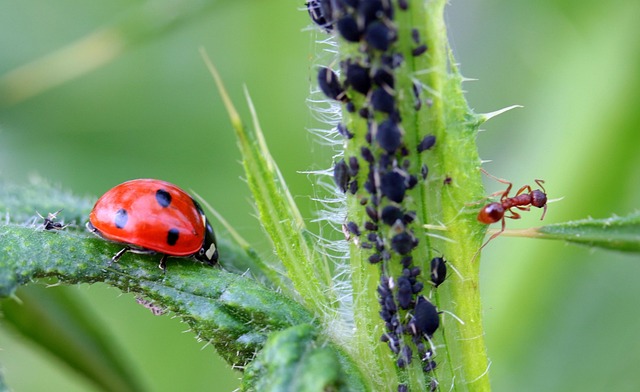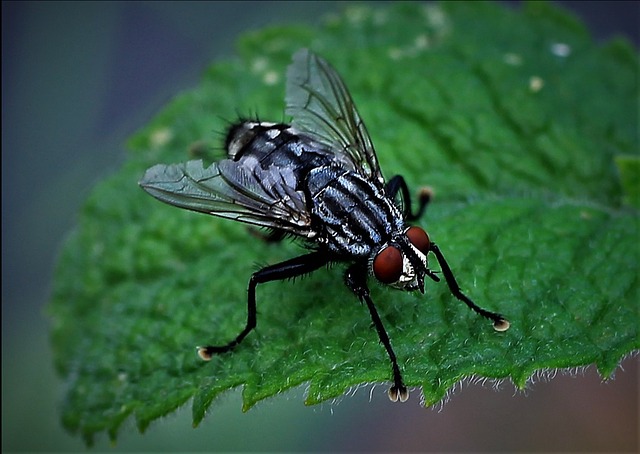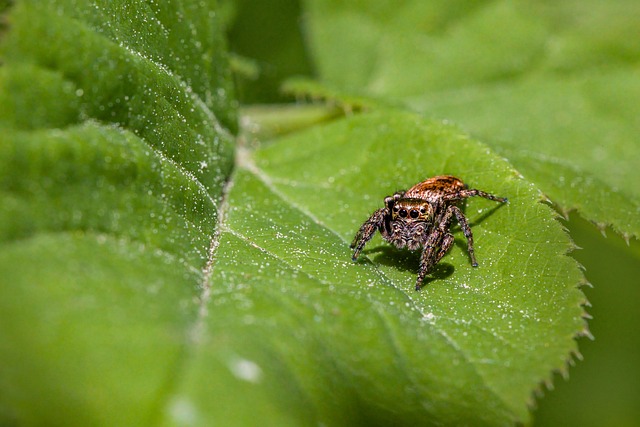A persistent musty odor, often ignored, can signal termites in your Wheat Ridge home, hidden within walls and floors. If suspected, contacting a professional pest control service is vital for identification and treatment to prevent structural damage. The process involves tracking the scent to its source, assessing infestation severity, and implementing a tailored strategy combining non-chemical (baiting) and chemical (termiticides) treatments. Effective long-term prevention includes regular maintenance, sealing entry points, proper ventilation, and removing wood debris, with routine monitoring.
Are you plagued by a peculiar musty scent in your Wheat Ridge home, especially in dark, damp areas? This could be a red flag for a termite infestation. Termites are silent invaders that can cause significant structural damage. Our article guides you through identifying these infestations and developing an effective pest control strategy. We’ll explore the science behind the musty smell, offer tailored treatment plans, and provide prevention tips to safeguard your home from these relentless pests.
- Identifying Termite Infestations: Understanding the Musty Smell and Its Causes
- Developing an Effective Pest Control Termite Treatment Plan
- Implementation and Prevention Strategies for Long-Term Protection
Identifying Termite Infestations: Understanding the Musty Smell and Its Causes

Many homeowners in Wheat Ridge might wonder, “How do I know if I have termites?” One subtle yet potent clue is a musty odor. Termites feed on cellulose, which is found in wood and paper products. As they consume these materials, they release chemicals that can give off a distinct, pungent smell—often described as musty or earthy. This scent might be faint at first, but it intensifies as the termite infestation grows. The source of this odor could be hidden within walls, floors, or even your basement, making it crucial to identify and address promptly.
When termites nest in wood, they create complex tunnels and chambers that can cause structural damage over time. As these structures weaken, the musty smell becomes more pronounced, indicating a potential termite invasion. If you suspect an infestation, contacting a professional pest control service is essential for proper identification and treatment of the problem at its source.
Developing an Effective Pest Control Termite Treatment Plan

Developing an effective termite treatment plan starts with identifying and understanding the extent of the infestation. One common sign, often overlooked, is a musty smell in areas like your Wheat Ridge basement. This odor, produced by termites as they digest wood, can be a telltale indicator of their presence. Locating the source is crucial; follow the scent back to its origin, which could be hidden behind walls or beneath flooring. Once found, professional pest control experts can assess the severity and develop a tailored strategy.
The plan should include steps for eliminating existing termites, preventing future infestations, and repairing any damaged areas. This might involve a combination of non-chemical treatments like baiting systems or chemical options such as termiticides. A comprehensive approach ensures that not only are active termites eliminated but also their colony, which is essential for stopping the infestation from recurring.
Implementation and Prevention Strategies for Long-Term Protection

Implementing effective termite treatment plans requires a strategic approach, focusing on both elimination and long-term prevention. The first step is to identify and eliminate the source, especially if a musty smell hints at an issue in your Wheat Ridge basement. This involves thorough inspections to find entry points and active infestations, which are then treated with specialized pest control methods like baiting systems or chemical applications.
Post-treatment, preventing future invasions is key. Regular maintenance includes sealing potential entry points, ensuring proper ventilation, and keeping the area free of wood debris or other attractants. Using protective barriers and regular monitoring can provide long-term protection, ensuring your home remains secure against these persistent pests.
When addressing termite infestations, identifying the source through peculiar musty smells is a crucial first step. Once located, implementing tailored pest control termite treatment plans is essential for effective eradication and long-term protection. By combining targeted strategies with ongoing prevention, homeowners in Wheat Ridge can safeguard their properties from these persistent pests, ensuring a safe and secure living environment.
